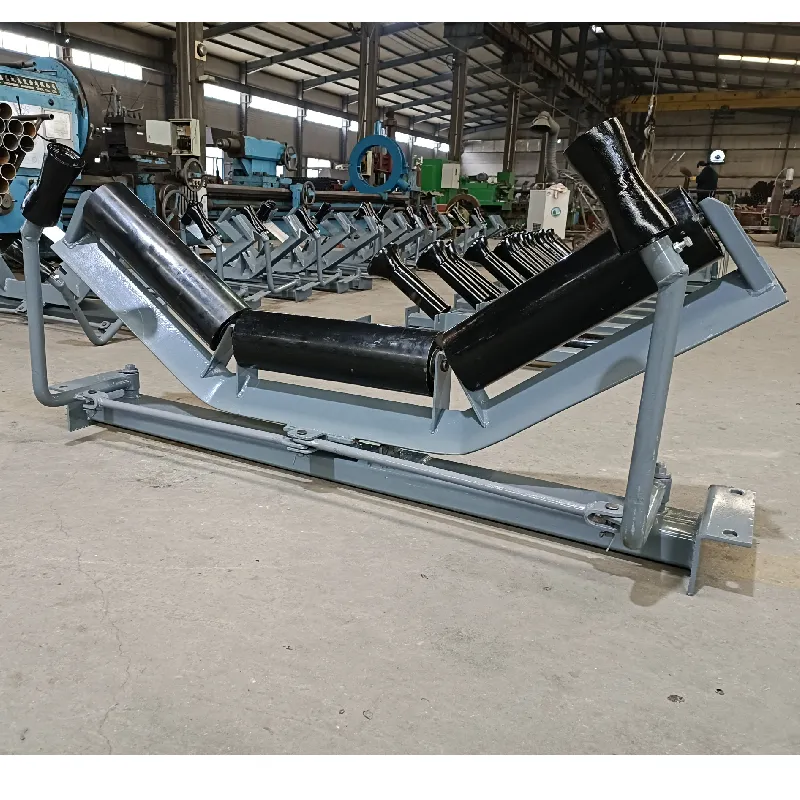 Afrikaans
Afrikaans  Albanian
Albanian  Amharic
Amharic  Arabic
Arabic  Armenian
Armenian  Azerbaijani
Azerbaijani  Basque
Basque  Belarusian
Belarusian  Bengali
Bengali  Bosnian
Bosnian  Bulgarian
Bulgarian  Catalan
Catalan  Cebuano
Cebuano  Corsican
Corsican  Croatian
Croatian  Czech
Czech  Danish
Danish  Dutch
Dutch  English
English  Esperanto
Esperanto  Estonian
Estonian  Finnish
Finnish  French
French  Frisian
Frisian  Galician
Galician  Georgian
Georgian  German
German  Greek
Greek  Gujarati
Gujarati  Haitian Creole
Haitian Creole  hausa
hausa  hawaiian
hawaiian  Hebrew
Hebrew  Hindi
Hindi  Miao
Miao  Hungarian
Hungarian  Icelandic
Icelandic  igbo
igbo  Indonesian
Indonesian  irish
irish  Italian
Italian  Japanese
Japanese  Javanese
Javanese  Kannada
Kannada  kazakh
kazakh  Khmer
Khmer  Rwandese
Rwandese  Korean
Korean  Kurdish
Kurdish  Kyrgyz
Kyrgyz  Lao
Lao  Latin
Latin  Latvian
Latvian  Lithuanian
Lithuanian  Luxembourgish
Luxembourgish  Macedonian
Macedonian  Malgashi
Malgashi  Malay
Malay  Malayalam
Malayalam  Maltese
Maltese  Maori
Maori  Marathi
Marathi  Mongolian
Mongolian  Myanmar
Myanmar  Nepali
Nepali  Norwegian
Norwegian  Norwegian
Norwegian  Occitan
Occitan  Pashto
Pashto  Persian
Persian  Polish
Polish  Portuguese
Portuguese  Punjabi
Punjabi  Romanian
Romanian  Russian
Russian  Samoan
Samoan  Scottish Gaelic
Scottish Gaelic  Serbian
Serbian  Sesotho
Sesotho  Shona
Shona  Sindhi
Sindhi  Sinhala
Sinhala  Slovak
Slovak  Slovenian
Slovenian  Somali
Somali  Spanish
Spanish  Sundanese
Sundanese  Swahili
Swahili  Swedish
Swedish  Tagalog
Tagalog  Tajik
Tajik  Tamil
Tamil  Tatar
Tatar  Telugu
Telugu  Thai
Thai  Turkish
Turkish  Turkmen
Turkmen  Ukrainian
Ukrainian  Urdu
Urdu  Uighur
Uighur  Uzbek
Uzbek  Vietnamese
Vietnamese  Welsh
Welsh  Bantu
Bantu  Yiddish
Yiddish  Yoruba
Yoruba  Zulu
Zulu idler roller
Understanding Idler Rollers The Unsung Heroes of Conveyor Systems
In the modern industrial landscape, efficiency and reliability are paramount. Among the myriad components that contribute to the seamless operation of machinery and conveyor systems, idler rollers stand out as crucial yet often overlooked elements. These cylindrical components play an essential role in the smooth functioning of conveyor belts, contributing to the overall productivity and efficiency of various industries, including manufacturing, mining, and logistics.
What Are Idler Rollers?
Idler rollers are cylindrical structures that support the conveyor belt between the drive pulley and the tail pulley, helping to maintain belt tension and facilitate smooth movement. They are typically made from a variety of materials, including steel, plastic, or rubber, depending on the specific requirements of the application. Depending on their design, idler rollers can be fixed or adjustable, allowing them to align with idler frames effectively.
Types of Idler Rollers
There are several types of idler rollers, each designed for different applications and environmental conditions. The most common types include
1. Troughing Idlers These idlers are designed to hold the conveyor belt in a trough shape, allowing for better load containment and reducing spillage. They are often used in bulk material handling applications.
2. Flat Idlers Flat idlers are used primarily for carrying lighter materials and are designed to provide a flat surface for the conveyor belt.
3. Return Idlers Positioned on the return side of the conveyor belt, these idlers help in supporting the belt as it returns to the loading area, maintaining tension and alignment.
4. Impact Idlers These are specially designed to absorb and dissipate the energy from the falling materials, protecting the belt from potential damage.
5. Guide Idlers These idlers help in maintaining the belt’s alignment and prevent it from drifting off track during operation.
idler roller

Importance of Idler Rollers
Idler rollers perform several critical functions within a conveyor system
- Support They provide the necessary support for the conveyor belt, ensuring that it remains tensioned correctly and doesn't sag or misalign. This is vital for preventing operational issues such as belt slippage or excessive wear.
- Load Distribution By distributing the weight of the load across the belt, idler rollers minimize the risk of localized stress, which can lead to premature wear or failure of the belt.
- Ease of Movement Properly functioning idler rollers significantly reduce friction between the belt and the underlying structure, promoting smooth movement and enhancing overall operational efficiency.
- Longevity High-quality idler rollers contribute to the longevity of the conveyor system. By providing reliable support and minimizing wear on the belt, they help extend the lifespan of both the rollers themselves and the conveyor belt.
Maintenance of Idler Rollers
To ensure that idler rollers function optimally, regular maintenance is crucial. This includes inspecting the rollers for signs of wear, checking for proper alignment, and ensuring that they spin freely without excessive resistance. Lubrication should be applied as needed, and any damaged or worn components should be replaced promptly to prevent further issues down the line.
Conclusion
In the realm of industrial operations, idler rollers are the unsung heroes silently performing their duties to ensure seamless conveyor belt functionality. Their roles in supporting and maintaining tension in conveyor belts not only enhance productivity but also significantly contribute to the longevity and efficiency of machinery. Understanding the importance of idler rollers, their types, and maintenance ensures that industries can reap the maximum benefit of their conveyor systems, ultimately driving operational success. As industries continue to evolve, the pivotal role of idler rollers will remain constant, underpinning the efficiency and reliability that modern operations demand.
-
Revolutionizing Conveyor Reliability with Advanced Rubber Lagging PulleysNewsJul.22,2025
-
Powering Precision and Durability with Expert Manufacturers of Conveyor ComponentsNewsJul.22,2025
-
Optimizing Conveyor Systems with Advanced Conveyor AccessoriesNewsJul.22,2025
-
Maximize Conveyor Efficiency with Quality Conveyor Idler PulleysNewsJul.22,2025
-
Future-Proof Your Conveyor System with High-Performance Polyurethane RollerNewsJul.22,2025
-
Driving Efficiency Forward with Quality Idlers and RollersNewsJul.22,2025





























